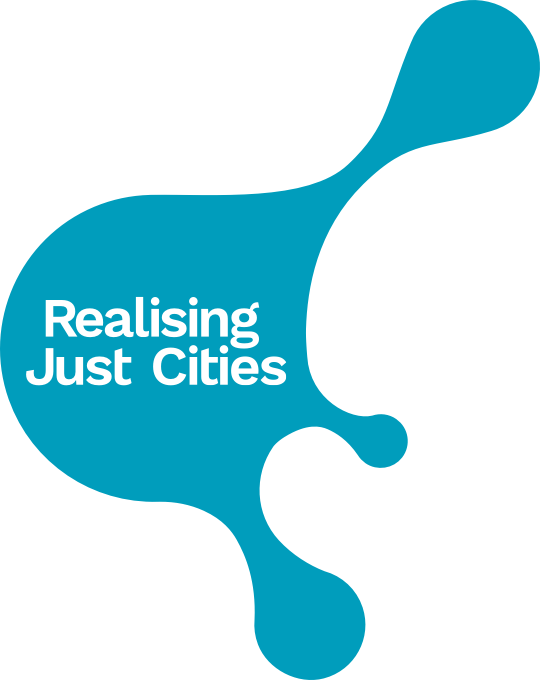How do we assess the value of co-production? New article in Nature sets out challenges.
Catherine Durose, Liz Richardson and Beth Perry look at how we assess the value of co-production in an article in Nature
The theory behind co-production is that it generates better solutions to difficult problems. But how do we measure this in practice?
In academia, the value of research is commonly measured by publication. Peer review means that the quality of a research article, its methods and findings, are checked before it is published. The relative prestige of publisher and title also help academics pre-judge how important the research might be. (Yes, this is a bit like judging a book by its cover). In a digital age, authors can often access actual statistics covering metrics such as how many times an article has been downloaded - a concrete demonstration of interest in the contents. There are flaws in the system, but the mechanisms for evaluating and measuring reach and significance are relatively well established.
Yet a large portion of Jam and Justice’s research is action-research, done on the ground. A published account of that work is not automatically representative of the value of the work for the beneficiaries. This matter is compounded for co-production because for every hour of academic input, there are corresponding resource inputs from our collaborators - whether in the Action Research Collective or in partner organisations. So both ‘cost’ and ‘outcomes’ can be tricky to put a clear economic or social value on.
We know that what we do is about more than just lines on a balance sheet, but if co-production is good practice, it should also inform good policy. Persuasive policy arguments include clear reporting of inputs and outputs. And this is not a purely academic problem. Co-production practitioners are commonly outside academia: charities, voluntary organisations, and social enterprises may all employ co-productive techniques - engaging service users in designing the best solutions. But how can they report on this work effectively? As public service delivery is increasingly driven by collaboration between sectors, then obtaining funding and winning contracts may rely on the ability to demonstrate what is being delivered.
The gap in good practice, in knowing how to evidence outcomes effectively, is part of what Jam and Justice Co-Investigators Catherine Durose, Liz Richardson and Beth Perry discuss in a comment piece in Nature.
You can click through to the original article and special issue on ‘Co-production in research’ here; or download it below.




